Educate, Agitate, Organize - Transit Equity Day 2021

LA Metro Lightrail DTLA, John Nilsson all rights reserved

Rosa Parks sitting on a bus in Montgomery, Alabama, 1956. Underwood Archives/UIG/REX/Shutterstock.com
Transit as a civil rights issue
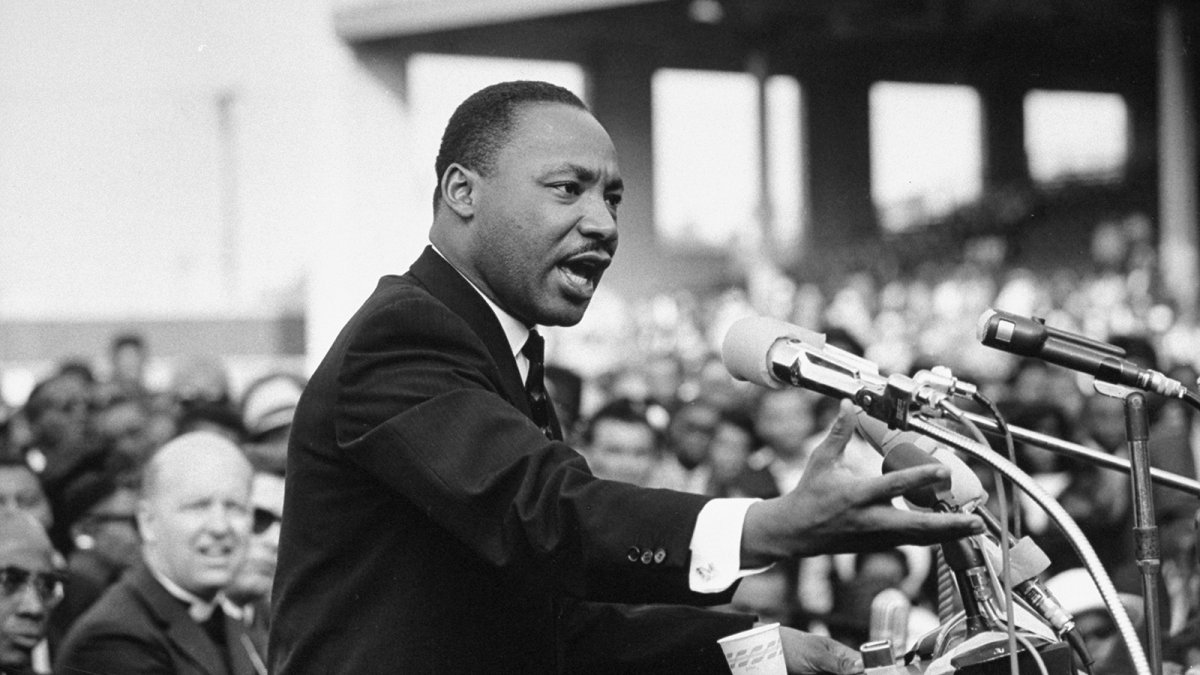
Dr. Martin Luther King Jr. - Creator: Julian Wasser | Credit: Time & Life Pictures/Getty Image Copyright: Julian Wasser
Transit, our health, and COVID-19
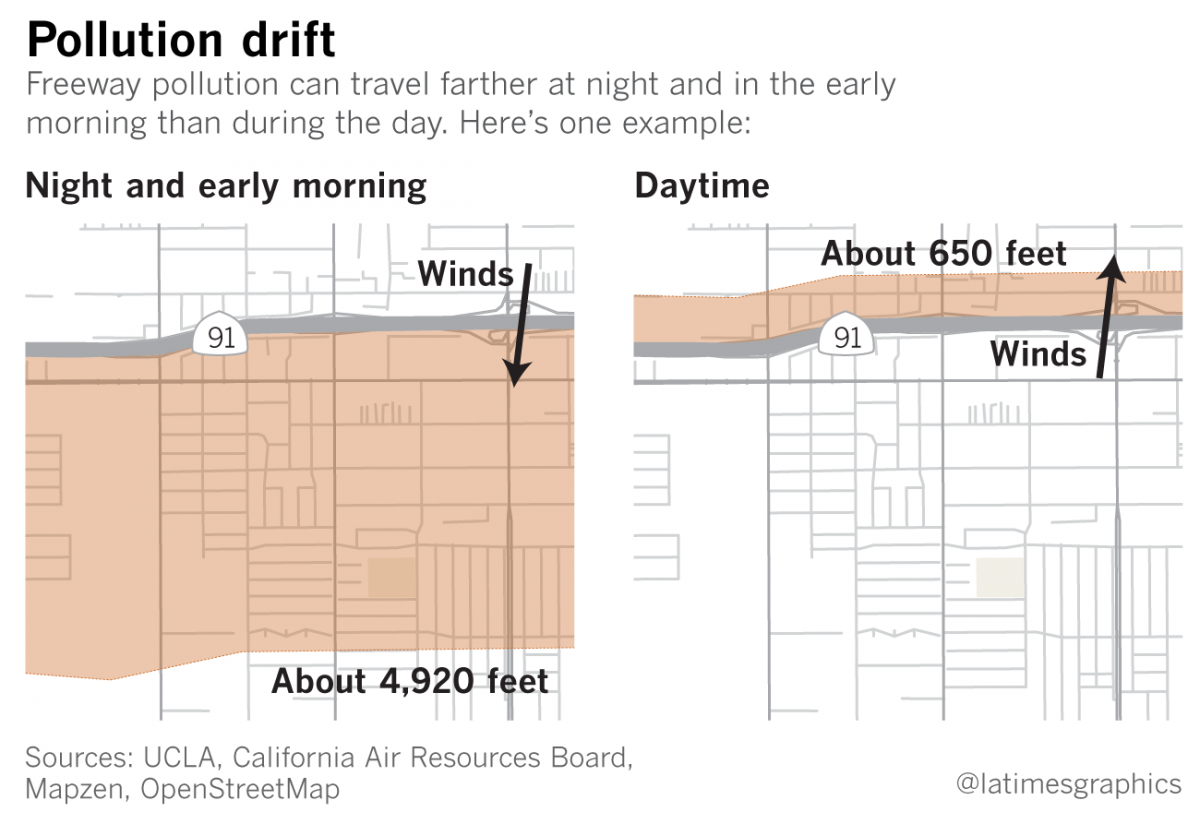
Credit: Los Angeles Times | Image copyright: Los Angeles Times
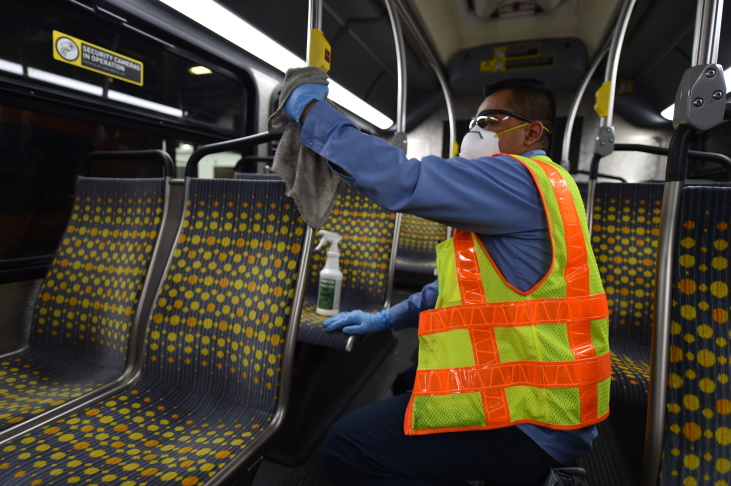
L.A. Metro officials say employees are continuing to clean and disinfect all its buses and trains once a day, which happens overnight at their respective divisions. (Courtesy Los Angeles Metro)
Transit and the outdoors
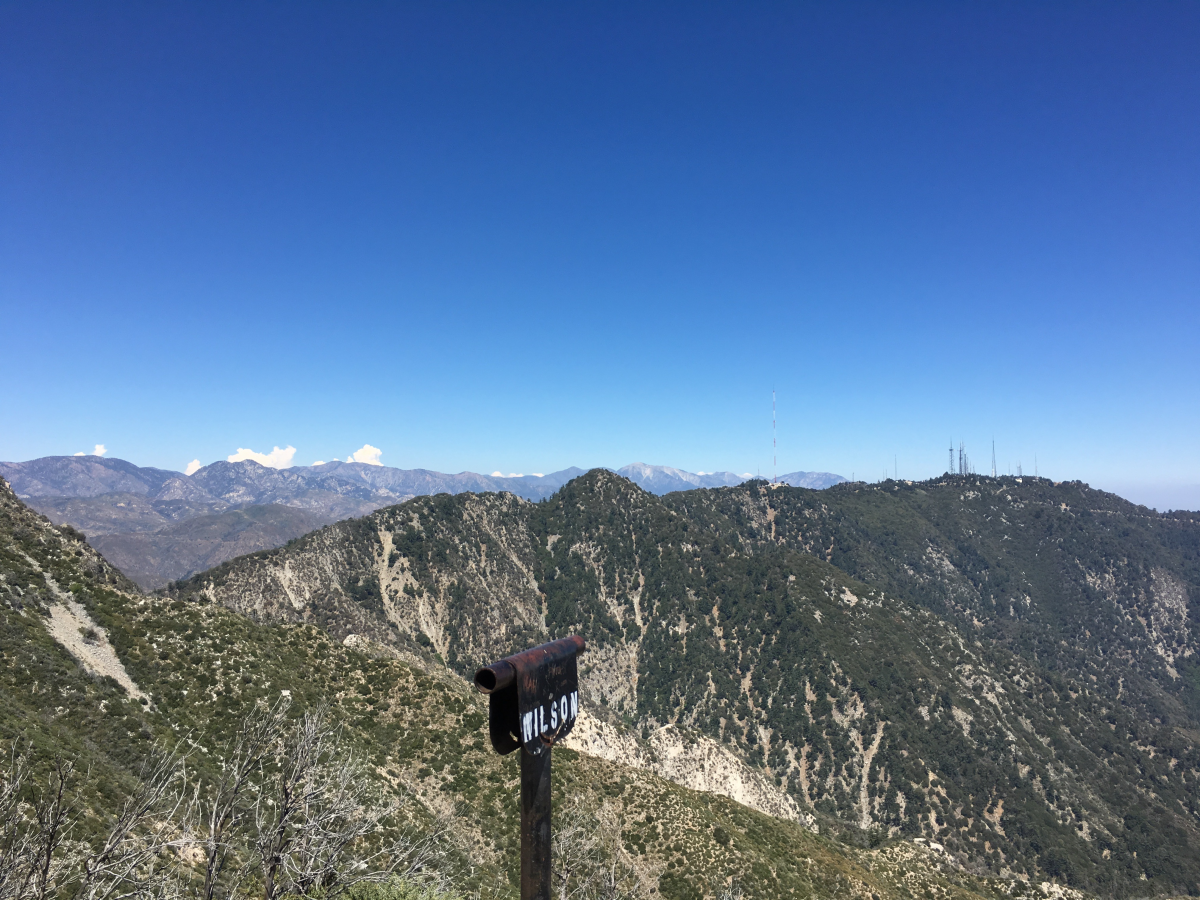
Inspiration Point Altadena, CA Courtesy of Jonathan Howard
Transit and the environment
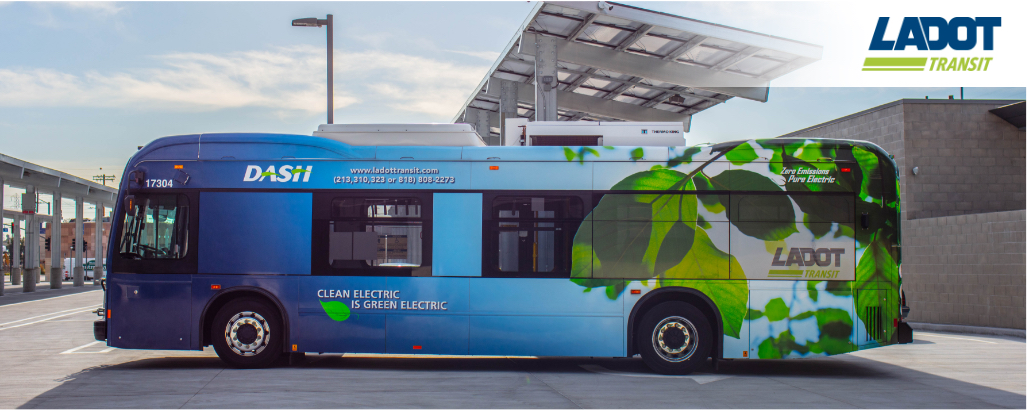
Photo of LA DOT’s first electric DASH bus Photo credit: LA DOT | Image copyright: LA DOT

Blue LA EV charging in Downtown, Los Angeles Photo credit: John Nilsson all rights reserved
More frequent, climate-fueled disasters heighten the need and urgency for not just affordable and accessible public transportation but that which is powered by clean and renewable energy. That means transit expansion, clean freight from the ports, and zero-emission busses in addition to good dense affordable infill development to reduce the need to drive, building electrification, and complete green streets for walking, biking and scooting.

Man rides electric unicycle through Downtown Los Angeles’ Diamond District, John Nilsson all rights reserved



Comments
John Kindred (not verified)
February 3, 2021 - 6:11am
Permalink
Join Us for the National Townhall on EnvirJusticeonmental & Fro
Nancy Kerstein (not verified)
February 4, 2021 - 4:11pm
Permalink
Transit equality
Add new comment